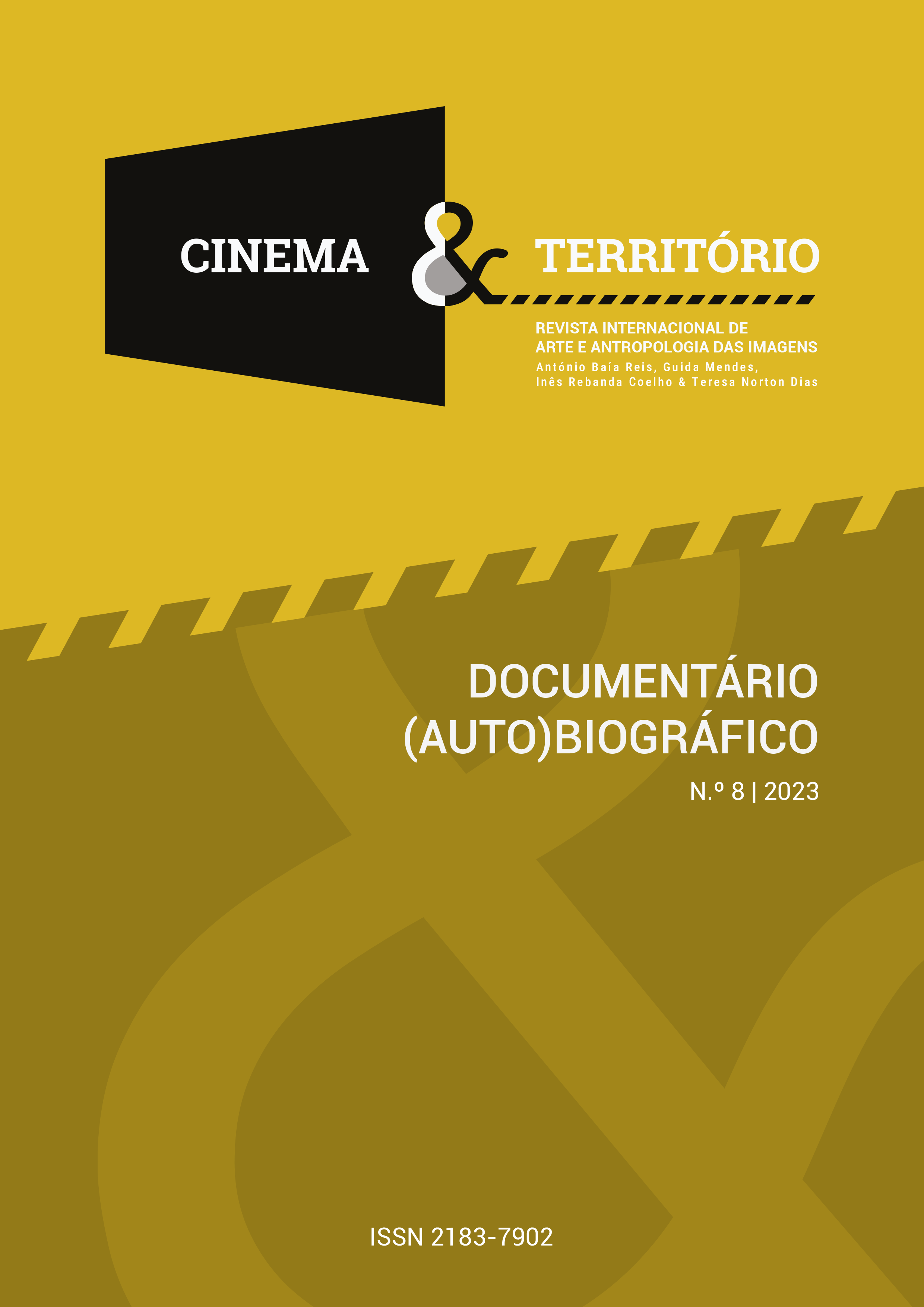Street biography: the relationship between homeless people and their personal belongings
DOI:
https://doi.org/10.34640/c.t8uma2023fagundessachimsilvanoKeywords:
homeless, objects, biography, symbolic value, memoriesAbstract
The conviviality and closeness with homeless people residing at the Municipal Emergency Reception Centre (CAEM) of Santa Bárbara, in the parish of Arroios, in Lisbon, enabled us to perceive that this vulnerable group (socially, financially, and psychologically), marginalized and socially excluded, have in common relationships of significant symbolic value with their personal objects. With the aim of studying the social history of the things they carry, their meanings and the structure of the trajectories of these social relationships, as well as the construction of values and meanings, this study aims to interview a group of residents and record their experiences through images. personal objects, in order to develop an exhibition that allows us to investigate the meaning of objects within the life history of these individuals. Through semi-structured interviews and photographic recording, we want to tell traces of the biography of homeless people and their objects, to act as a study that brings the academic community closer to this social group and promotes reflections on the unique connections and symbolic with material things.
References
Appadurai, A. (2008). Introdução: mercadorias e a política da valor. In Appadurai, A. (Org.) A vida social das coisas. EDUFF.
Belk, R.W. (1988). Possessions and the Extended Self, Journal of Consumer Research, 15(2), 139-168.
Bourdieu, P. (1979). La distinction: critique sociale du jugement. Les Editions de Minuit
Duarte, A. (2002). Daniel Miller e a antropologia do consumo, Etnográfica, 6(2), 367-378.
Duarte, A. (2010). A antropologia e o estudo do consumo: revisão crítica das suas relações e possibilidades, Etnográfica, 14(2), 363-393.
Douglas, M. & Isherwood, B. (1978). The World of Goods. Allen Lane.
Gell, A. (2001). The Anthropology of Time: Cultural Constructions of Temporal Maps and Images. Ed. Berg.
Kopytoff, I. (2008). A biografia cultural das coisas: a mercantilização como processo. In Appadurai, A. (2008). A vida social das coisas. EDUFF.
Marx, K. (1979) [1867]. O Capital. Edições 70.
Mauss, M. (2001), [1923-1924]. Ensaio sobre a Dádiva. Edições 70.
McCracken, G. (1986). Culture and consumption: A theoretical account of the structure and movement of the cultural meaning of consumer goods. In Journal of Consumer Research, pp. 71-84.
Miller, D. (1987). Material Culture and Mass Consumption. Basil Blackwell.
Novaes, S. C. (2009). Entre a harmonia e a tensão: as relações entre Antropologia e Imagem. In Revista Anthropológica, 13, 20, 9-26. http://www.revista.ufpe.br/revistaanthropologicas/index.php/revista/article/view/120/111.
Pink, S. et al. (2014). Researching in atmospheres: video and the ‘feel’ of the mundane. In Visual Communication, 14(3), 351-369.
Sahlins, M. (1974) [1972]. Stone Age Economics. Tavistock.
Silvano, F. (1997). Vidas em trânsito. Ethnologia, 6-8, 163-174.
Simmel, G. (1978). Culture and the quantitative increase in material culture. In Simmel, G. . The Philosophy of Money (p. 446-450). Routledge and Kegan Paul.
Turner, V. (1987). The anthropology of performance. PAJ Publications.
Downloads
Published
How to Cite
Issue
Section
License
Copyright (c) 2023 Lara Fagundes, Maria Inês Sachim, Filomena Silvano

This work is licensed under a Creative Commons Attribution-NonCommercial 4.0 International License.
For more information follow the link: CC Atribuição-NãoComercial 4.0








